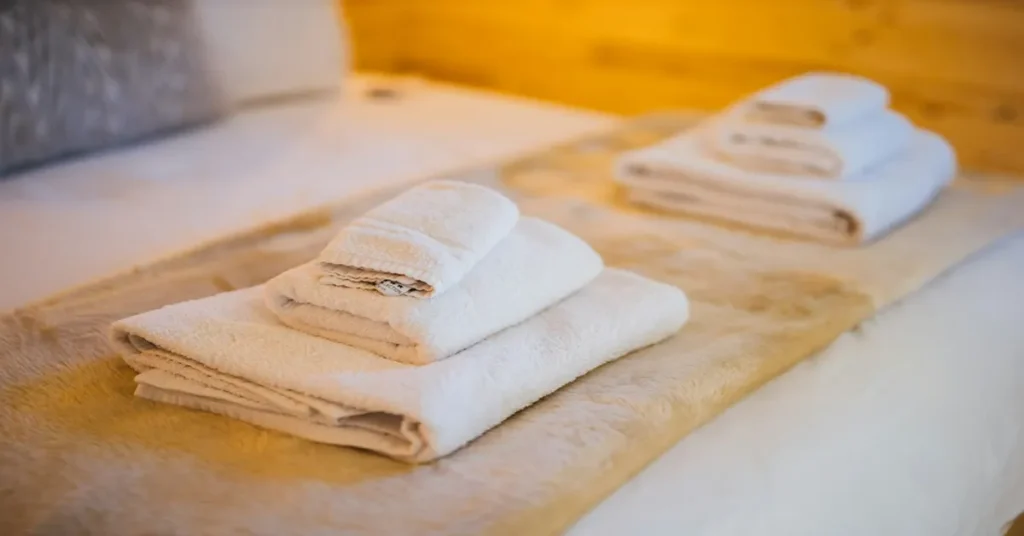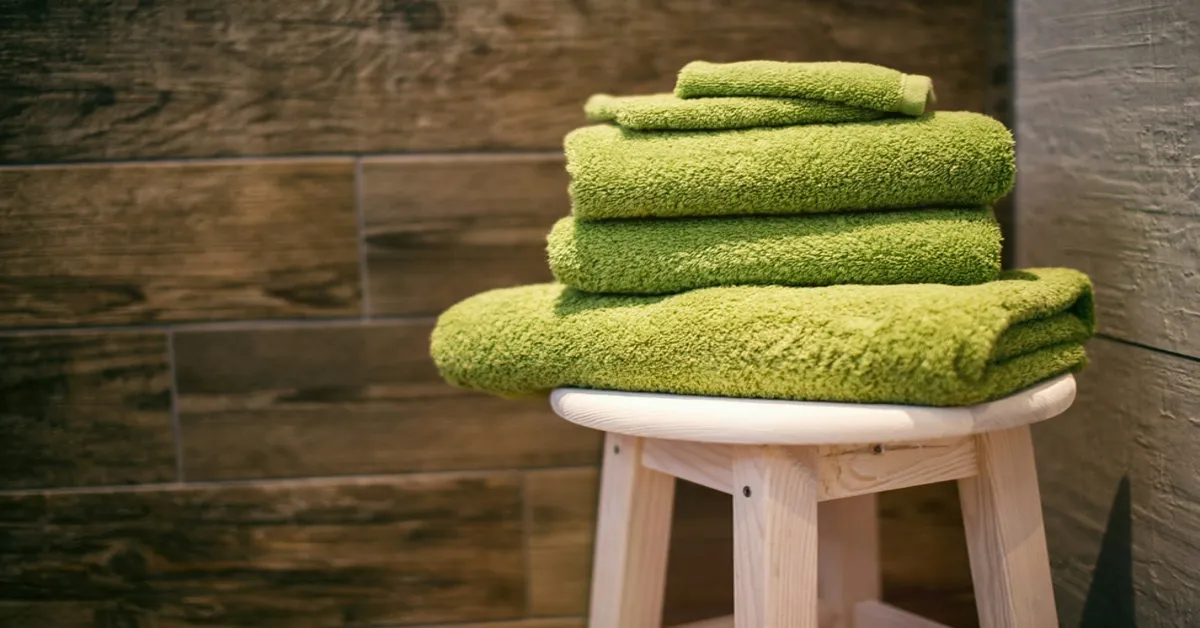Hot, humid weather creates the perfect breeding ground for bacteria, mold, and unpleasant odors in fabrics. Towels and activewear are particularly vulnerable because they absorb moisture and sweat, making proper care essential for maintaining freshness and extending their lifespan.
What Makes Humidity A Challenging Weather?
High humidity prevents fabrics from drying completely, creating an environment that allows bacteria and mold to thrive. Towels retain moisture from daily use, while activewear absorbs sweat and body oils during exercise. When these items cannot dry properly, they develop persistent odors and may even become damaged by mildew growth.
The combination of heat and humidity also makes synthetic fabrics in activewear more prone to trapping odors, as the materials can bind with bacteria and sweat molecules. Cotton towels, meanwhile, become heavy and musty when they cannot release moisture effectively.
Pre-Washing Preparation
This technique is really important, and we got to learn it from Jamal from 5asec, a dry cleaning service provider in Dubai. He recommends: “Before washing, never leave damp towels or sweaty activewear in a closed hamper or gym bag. This creates a sealed environment where bacteria multiply rapidly. Instead, hang items in a well-ventilated area to air-dry as much as possible before washing.”
For heavily soiled activewear, rinse items in cold water immediately after use to remove excess sweat and oils. This prevents these substances from setting into the fabric fibers. Towels should be hung properly after each use to ensure they can dry completely between uses.
Check garments for any visible mold or mildew spots before washing. These areas may need pre-treatment with a mixture of white vinegar and water to break down the fungal growth effectively.
Washing Techniques for Maximum Freshness
Use hot water for towels whenever possible, as temperatures above 140°F kill most bacteria and fungi. For activewear, check care labels first, but warm water around 100-110°F often works well for synthetic materials without causing damage.

Add white vinegar to the rinse cycle occasionally – about half a cup for a full load. Vinegar naturally breaks down odor-causing bacteria and soap residue that can build up in humid conditions. This technique works particularly well for towels that have developed a persistent musty smell.
Avoid using too much detergent, as excess soap creates residue that traps moisture and odors. In humid weather, use slightly less detergent than usual and consider switching to a liquid formula, which rinses out more completely than powder.
For stubborn odors, soak items in a solution of cold water and oxygen bleach for 30 minutes before washing. This method safely removes deep-set bacteria without damaging fabric colors or synthetic fibers.
Drying Strategies in Humid Conditions
Machine drying is often the most effective option in humid weather. Use high heat for cotton towels and medium heat for synthetic activewear. Add dryer balls or clean tennis balls to improve air circulation and reduce drying time.
If air-drying is necessary, place items in the most ventilated area possible. Position fans to blow directly on wet fabrics, and rotate items frequently to ensure even drying. Avoid drying clothes in bathrooms or basements where humidity levels are naturally higher.
For outdoor drying, choose the sunniest, breeziest spot available. Ultraviolet light from direct sunlight naturally kills bacteria and helps eliminate odors. However, bring items inside before evening when humidity levels typically rise.
Never leave items damp for extended periods. If clothes are not completely dry within 24 hours, finish the process in a dryer to prevent bacterial growth.
Special Care for Different Fabrics
Cotton towels benefit from occasional washing with baking soda, which neutralizes odors and helps maintain absorbency. Add half a cup to the wash cycle once a month for best results.
Synthetic activewear requires gentle handling to prevent damage to its moisture-wicking properties. Avoid fabric softeners, which can coat synthetic fibers and reduce their ability to move sweat away from the body. Instead, use a small amount of white vinegar in the rinse cycle.
Bamboo and modal fabrics need special attention in humid weather. These materials are naturally antimicrobial but can still develop odors if not dried properly. Wash in warm water and ensure complete drying to maintain their beneficial properties.
Storage and Maintenance Tips
Store clean, completely dry towels and activewear in well-ventilated areas. Avoid plastic bags or airtight containers, which trap any remaining moisture and promote bacterial growth.
Install moisture absorbers or use silica gel packets in closets and drawers during humid seasons. These products help maintain lower humidity levels around stored fabrics.

Replace towels and activewear when they no longer respond to proper cleaning techniques. Permanently damaged fabrics cannot be restored and may harbor bacteria despite thorough washing.
Maintaining fresh towels and activewear in hot, humid weather requires consistent attention to washing, drying, and storage practices. By understanding how humidity affects fabric care and implementing these targeted strategies, anyone can keep their essential textiles clean, fresh, and long-lasting throughout the most challenging weather conditions.

